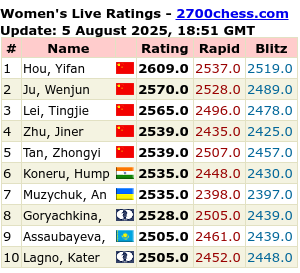This is a position where you can believe that there are two moves that end up with the same result, at least if you only view it from your own perspective, and without great thought.
In fact one of them loses, the other doesn't.
 |
| Which capture ? |
My initial view was that Kf8 was no good : the White pawn promotes and the game is over.
That leaves Nxd7 or Qxd7.
If you think only in terms of immediate captures and exchanges, Black wins a pawn after either capture : Qxd7, Qxd7, Nxd7.
If exchanges are the intention it doesn't matter whether the Queen or knight captures : "same difference", so-to-speak.
However, look a little deeper than the focus of the pawn on d7, at more than just captures, and the difference between the two becomes more clear.
What does Nxd7 achieve ? What does it give up or stop doing ?
What does Qxd7 do ?
What response does White have to each of these moves ?
What are White's lines-of-attack ? Especially with the Rooks ?
Chess is so much more than an 'I take this, and he re-captures, and I take that, and he moves there' sort of game. Even simple positions will repay thought and should accumulate experience that can be re-used in different circumstances.
I made the correct move in this position, and for broadly, the correct theoretical reasons, but without seeing all the implications.













